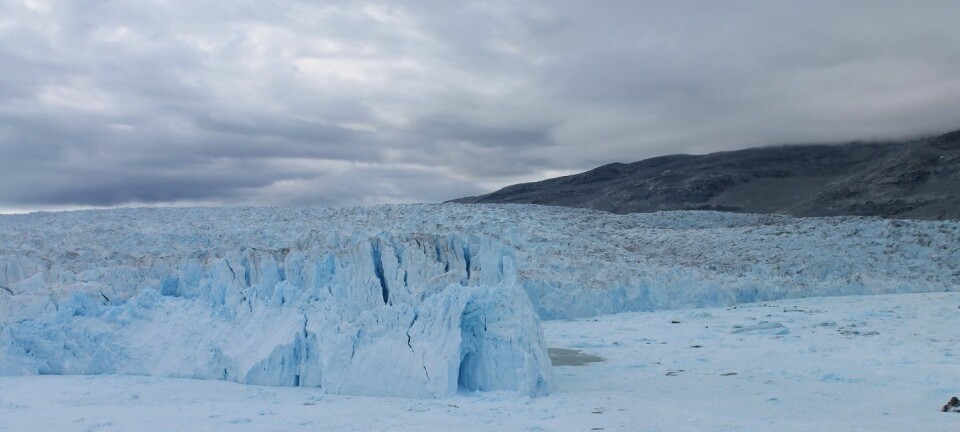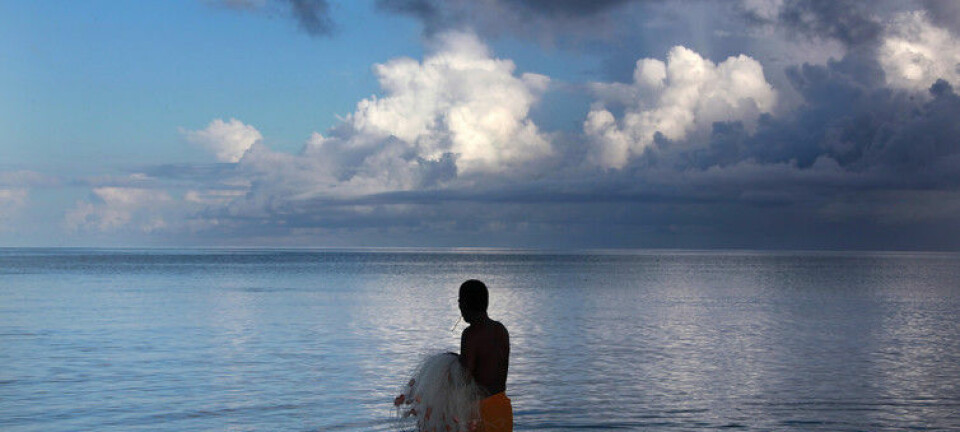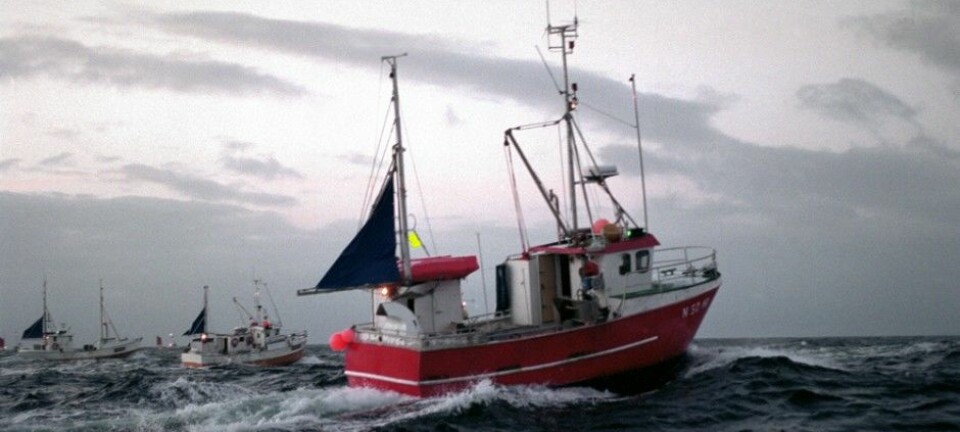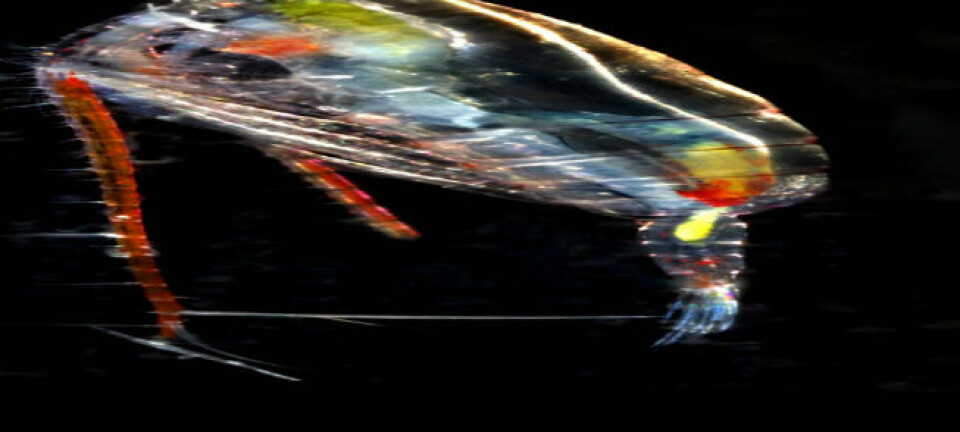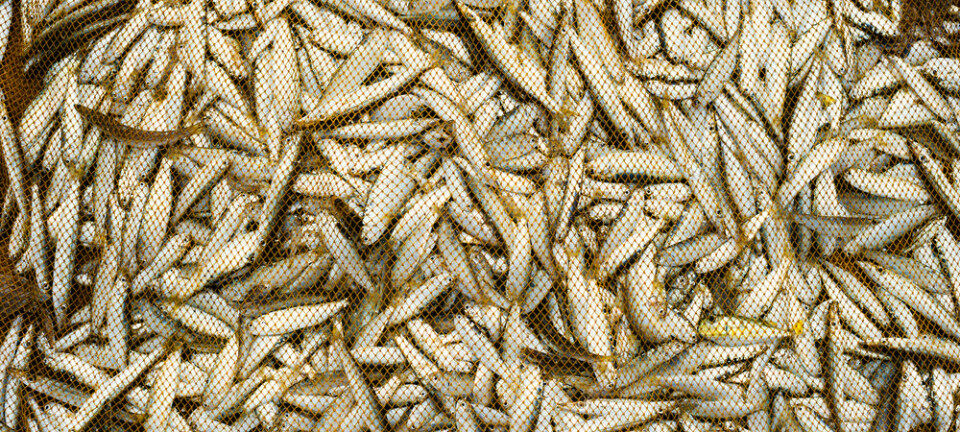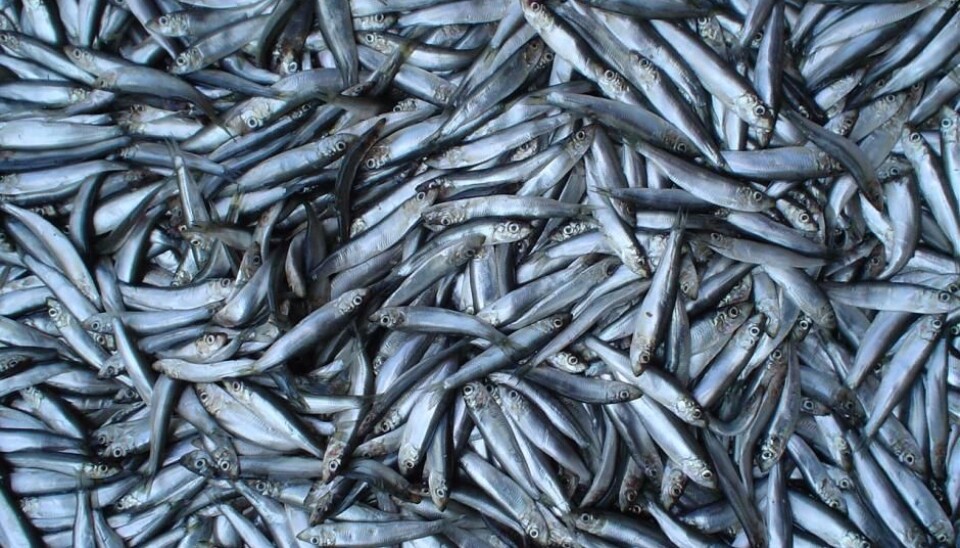
Downturn in crucial North Sea fish species
Herring, sandeels, sprat, and other forage fish are important for the North Sea ecosystem and fisheries. But populations are struggling, shows new study.
Small fish such as sprat, sandeels, Norway pout, and herring rarely grab the headlines. But these small fish are an important catch in the North Sea.
For Danish commercial fisheries alone, they represent a billion dollar industry. At the same time, these forage fish are an important food source for larger fish, seals, dolphins, whales, and sea birds.
But a new study shows that since the mid-1990s, populations of these small fish have been struggling in the North Sea: They now weigh less, grow less, and have fewer surviving young than ever before.
“The small fish play a key role in the North Sea ecosystem. So when things go downhill for them it has consequences for the entire food chain,” says Mikael van Deurs, a senior scientist at the Department for Aquatic Resources at the Technical University of Denmark and co-author on the new study.
“The small fish caught in commercial fisheries are ground into fish food. In Denmark, it’s one of our most important fisheries and worth a lot of money,” says van Deurs.
Read More: Come aboard Denmark’s largest research vessel
Result of declining zooplankton
The decline in small fish is probably related to changes in ocean circulation and climate in the North Sea.
Previous research indicated that climate change in the North Sea has led to a reduction in the production of zooplankton. Herring, sprat, sandeels, and other forage fish depend on these zooplankton for food. So declining zooplankton was expected to have ramifications for forage fish in the North Sea.
“But this is the first time that it has been demonstrated,” says van Deurs.
Read More: Arctic Ocean starting to resemble the Atlantic
Based on 40 years of data
Associate Professor Peter Grønkjær from the Department of Aquatic Biology at Aarhus University, Denmark, describes the study as thorough.
“They present evidence for a long-standing assumption that there are some important changes happening in the North Sea ecosystem,” says Grønkjær, who was not involved in the new study.
The new study builds upon 40 years of data collected by scientists and commercial fisheries and shows key changes in North Sea forage fish since the mid-1990s:
- Reduced in length: Forage fish length has decreased on average by around five per cent, according to annual data collected for a range of species by marine scientists.
- Reduced weight: Forage fish weigh on average 13 per cent less than before, according to commercial fisheries data.
- Poor recruitment: This describes the number of new fish that can be produced during each spawning season. It has fallen by 28 per cent, according to population estimates by The International Council for the Exploration of the Sea (ICES).
“A big strength of our study is that we use different datasets from both marine research cruises and data from commercial fisheries. Independent of each other, all datasets point in exactly the same direction: All species of forage fish in the North Sea grow less quickly today than previously and they produce fewer offspring,” says van Deurs.
Read More: Is a vital pattern of ocean circulation about to shut down?
Downturn likely driven by climate change
In the new study, scientists compare statistics of forage fish growth with statistics of the amount of zooplankton in the North Sea—more specifically a species known as Calanus finmarchicus.
Previous research suggested that Calanus finmarchicus were on the decline in the North Sea, likely due to climate change.
“Calanus finmarchicus live outside the North Sea in the areas west and north of England. But they are washed into the North Sea in the spring and summer by ocean currents from the north. But many studies have described how ocean currents have changed such that fewer Calanus finmarchicus enter the North Sea. It could be related to some overall changing climate pattern,” says Grønkjær.
Fewer Calanus finmarchicus in the North Sea means less food available for fish to eat and grow.
“Other species of zooplankton enter the North Sea via currents from the south. But the timing of their arrival is a little different, so it doesn’t fit with when the fish eat. This cause problems in the ecosystem,” says Grønkjær, who adds that the study does not show a clear-cut connection between a lack of Calanus finmarchicus and declining fish biomass.
“The interplay between zooplankton and forage fish varies over time and among different species. In some cases, it appears that when it’s not going well for the zooplankton, it’s also not going well for the fish. But there are also some periods where the graphs do slightly different things. So there’s a rather complicated interplay,” he says.
Read More: Greenland seaweed helps combat ocean acidification
Fishing quotas are a relatively new thing
But regardless, the study shows that forage fish do not grow as much and fewer young survive, says
Grønkjær.
As such the conclusions enter into an ongoing discussion as to whether North Sea fish quotas are too strict, says van Deurs.
“Quotas are calculated by how many new fish come and how many you can afford to catch, without damaging the population. Fishermen often think that biologists calculate this incorrectly and that there are just as many fish today as there were in the past. But this study helps to show that the present-day situation is very different,” he says.
In the mid-1990s, when forage fish began to be negatively impacted, quotas were only in place for some types of forage fish in the North Sea.
“Quotas for all species were set during the 2000’s. Therefore you cannot say that we can catch half so many fish as before, because it wasn’t regulated then,” says van Deurs.
“But you can make a theoretical exercise where you say that the fisheries in the mid-1990s were regulated in the same way today. In that case, you can only fish half as much fish today compared with the old days,” he says.
Read More: Top four ocean threats according to marine scientists
North Sea fisheries struggle to maintain profits
The new study does not show precisely what these issues mean for the economics of commercial fisheries, but van Deurs emphasises that it is undoubtedly becoming harder to make an income from forage fish.
“For example, sandeels were once a goldmine for fisheries. Previously, we caught on average up to one million tons of them in the North Sea. Today, you can catch up to half a million tons in a good year and this drops to less than 100,000 tons in poorer years,” says van Deurs.
The new study is published in the Journal of Applied Ecology.
---------------
Read this article in Danish at Videnskab.dk
Translated by: Catherine Jex
Scientific links
- 'Shifts in North Sea forage fish productivity and potential fisheries yield', Journal of Applied Ecology (2017), doi: 10.1111/1365-2664.13038
- 'Detecting plankton shifts in the North Sea: a new abrupt ecosystem shift between 1996 and 2003', Marine Ecology Progress Series (2014), doi: 10.3354/meps10693
- 'Reorganization of North Atlantic Marine Copepod Biodiversity and Climate', Science (2002), doi: 10.1126/science.1071329
